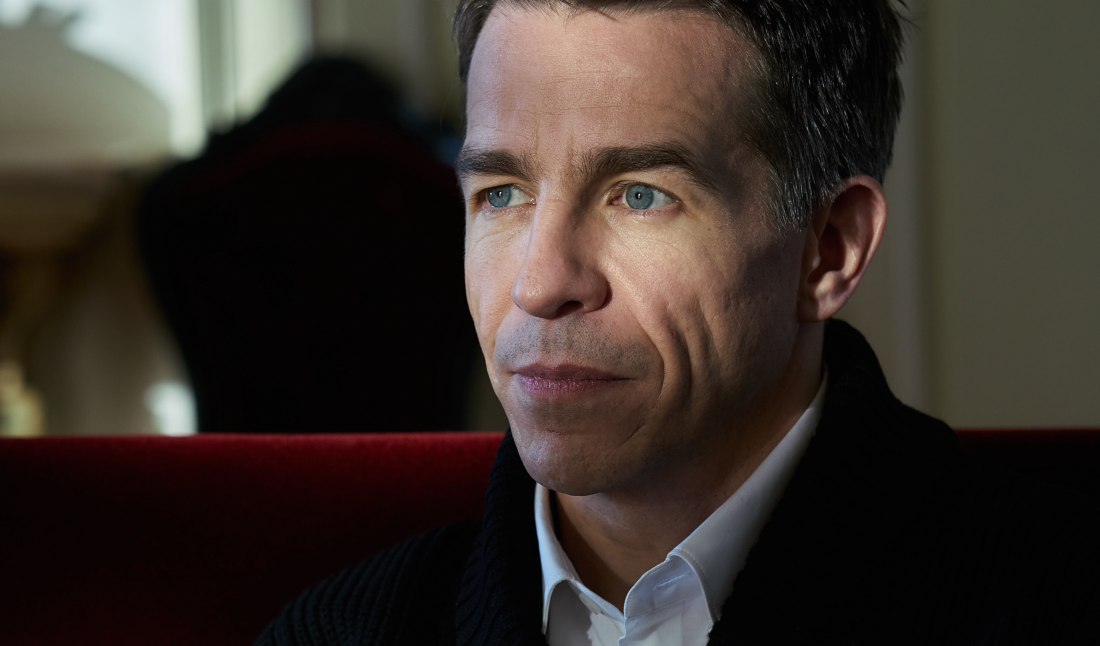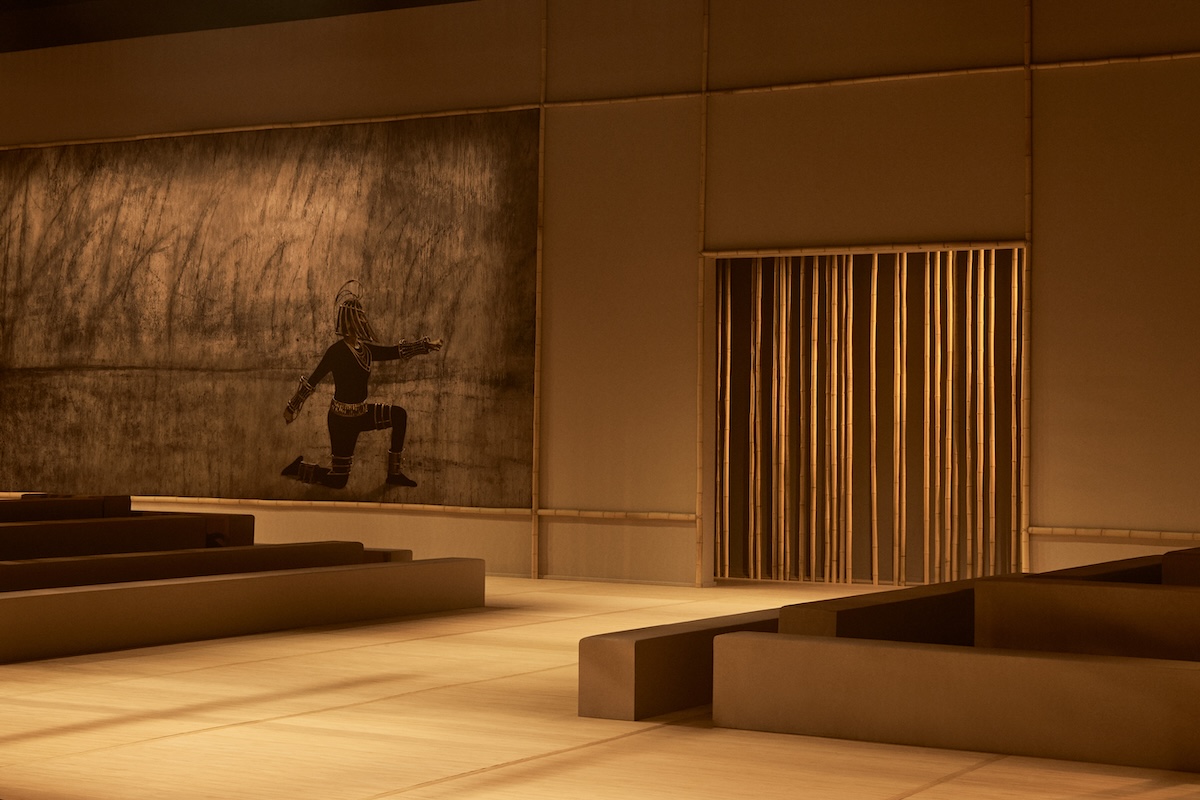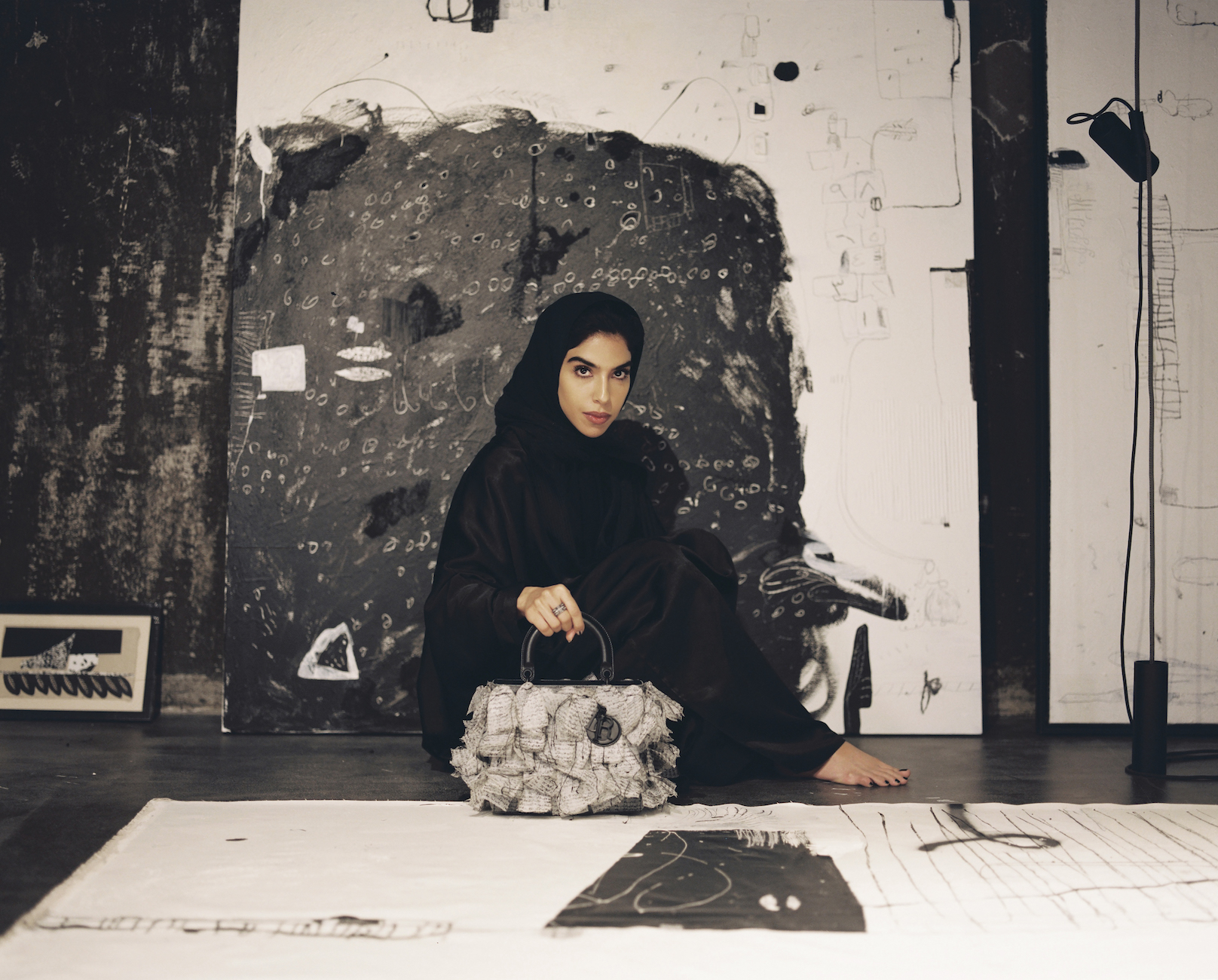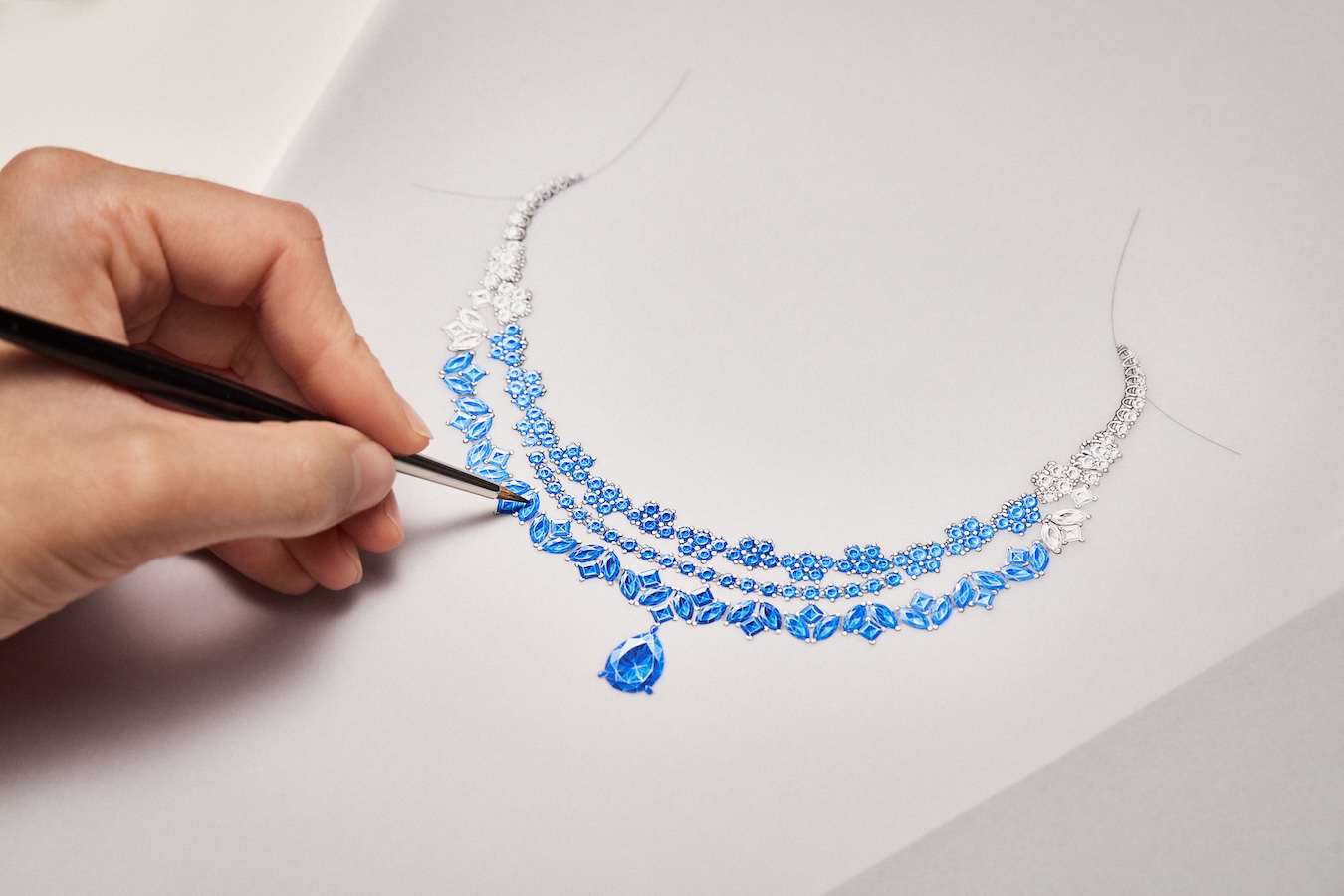Agnona, during the second half of the 20th century, was the ultimate symbol of Italian luxury and taste. The textile company, which began as a mill before moving into womenswear, was a supplier to couture houses like Dior, Valentino, and Yves Saint Laurent.
In 2016, Simon Holloway joined the house as creative director, breathing new life into a brand that defined the look of chic minimalism in the 1970s and ’80s. The English designer has had stints at Jimmy Choo, Calvin Klein, Ralph Lauren, and elsewhere. A self-described classicist, he has characterized his vision at Agnona as 20:20. Weeks before the debut of the Spring/Summer 2018 collection, Holloway discussed bringing Milanese modernism into 21st-century fashion.
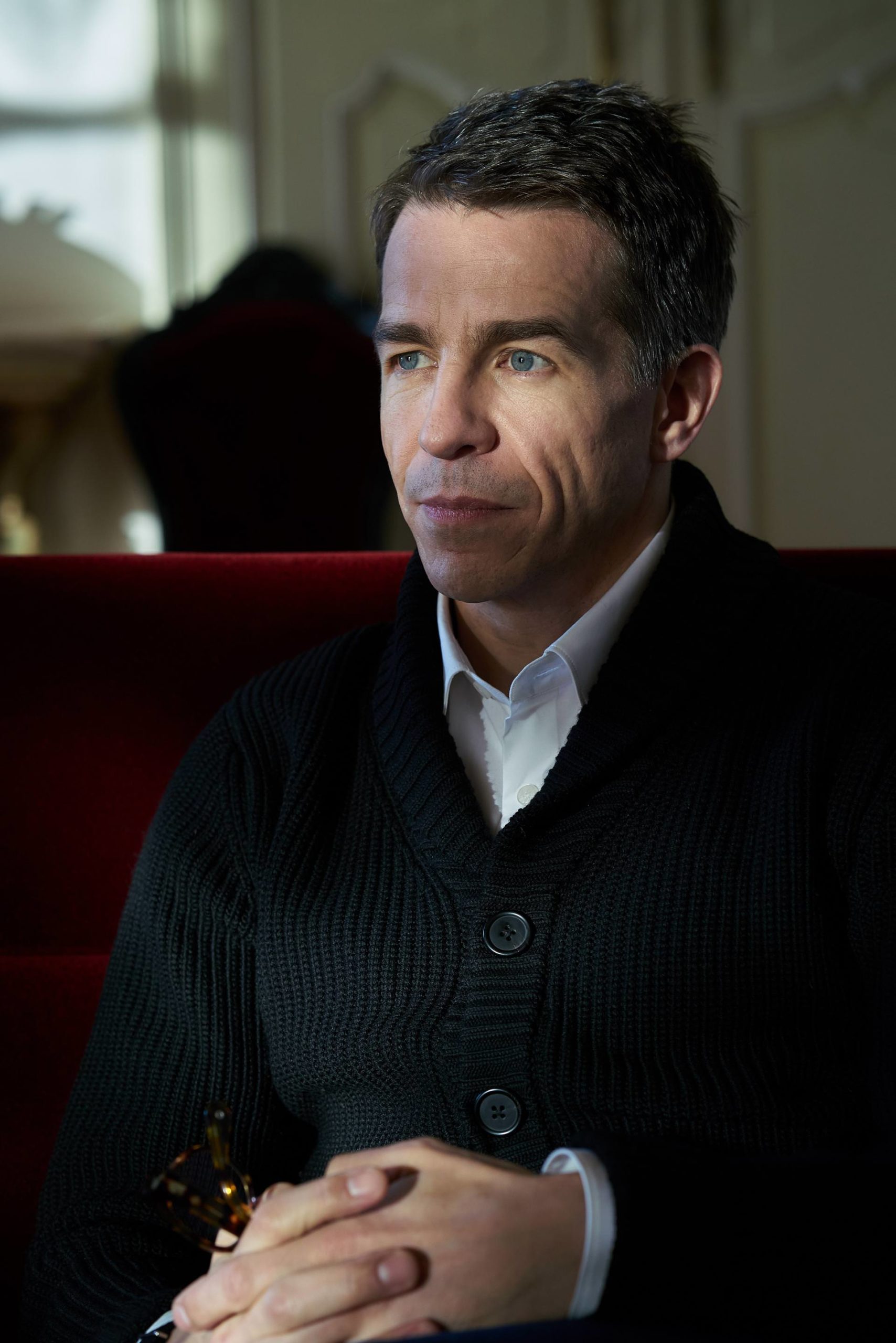 Simon Holloway
Simon HollowayCourtesy of Agnona
WHITEWALL: You’ve had such a rich career in fashion. What was your impression of Agnona before you came on?
SIMON HOLLOWAY: I had a familiarity with Agnona mostly through seeing the fabric collection when I had researched fabric at previous design positions. My conception of Agnona externally was one that was very classic, a chic minimalism that was quite bourgeois. It was this very Milanese, discreet luxurious brand.
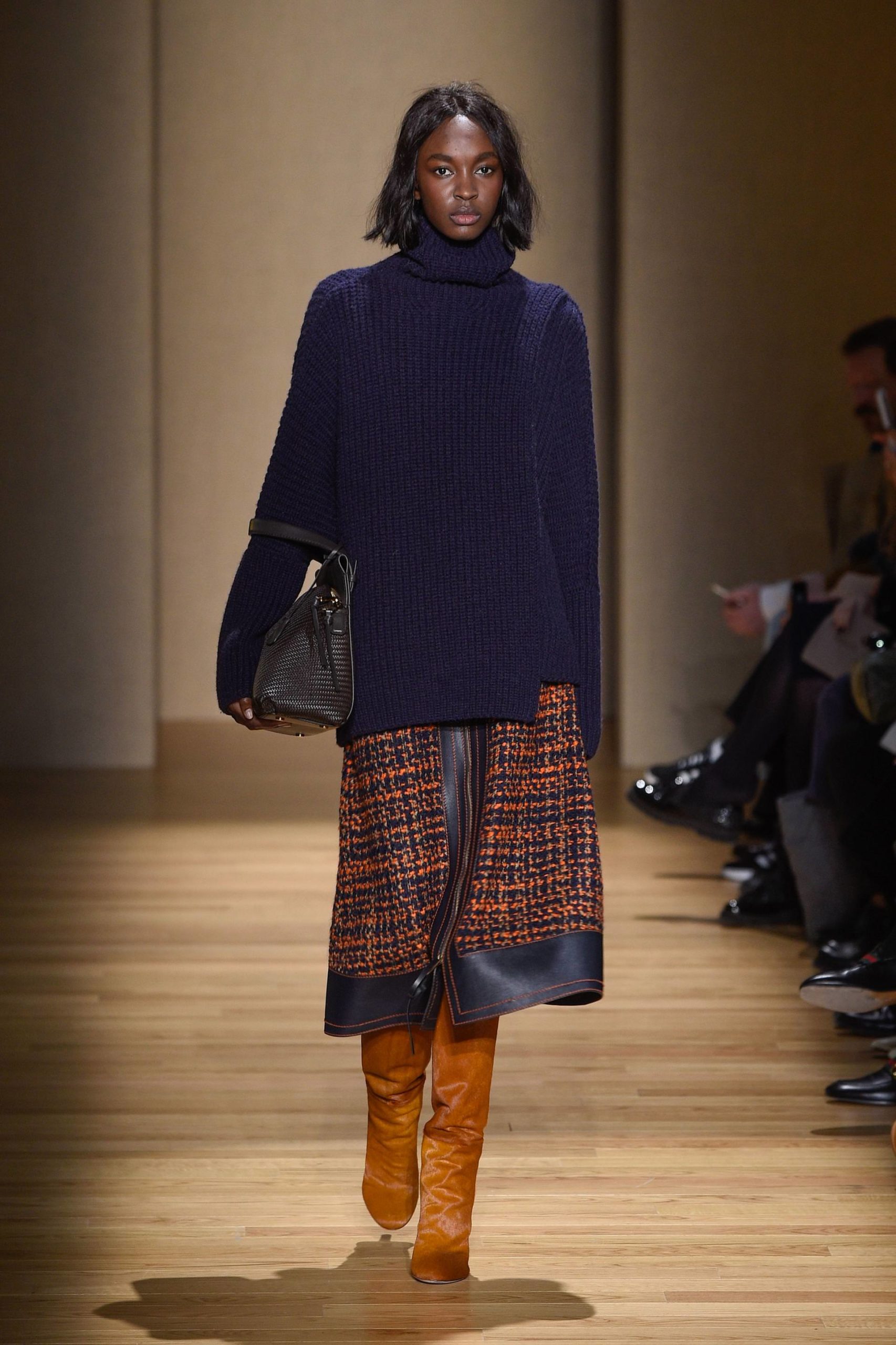 Agnona fall/winter 2017-18
Agnona fall/winter 2017-18
I think the big shocker for me when I arrived was that the archive was way more feminine and way more creative. The fabrics that they produced at in the fifties, sixties, seventies, and even eighties were a lot more innovative and colorful and had more of a couture sensibility. I was more familiar with the later period of Agnona when it had become more minimal and quiet.
I suppose what I’ve been trying to do since I arrived was infuse those two worlds, the creative, feminine, innovative past with the kind of chic minimalism that it became known for in the later years.
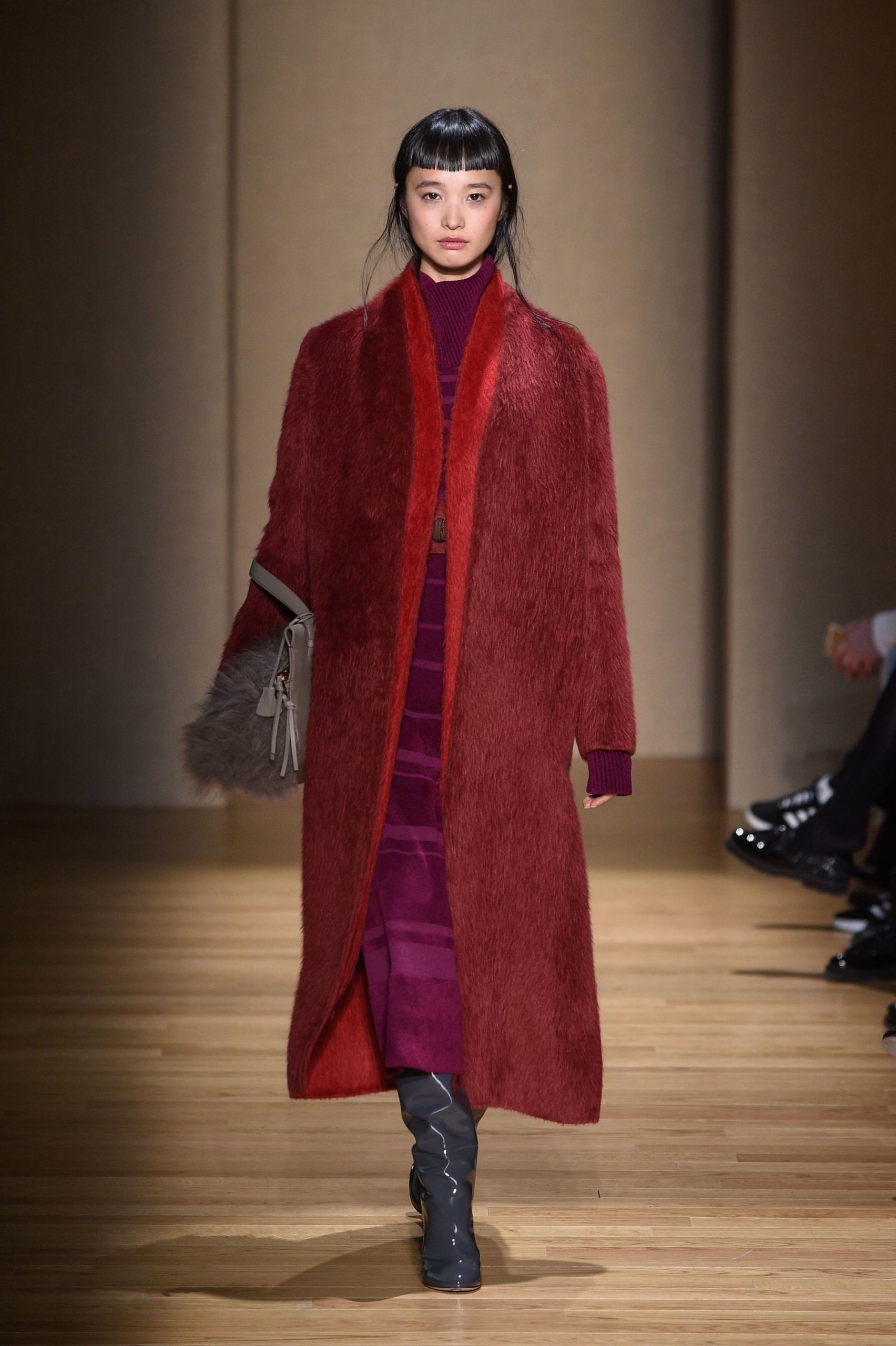 Agnona fall/winter 2017-18
Agnona fall/winter 2017-18
WW: About your approach to design, you’ve said that it’s more about evolving the silhouette over a longer period of time than something totally new each season. Has that always been how you’ve approached a collection?
SH: I think so. I think that you build a following through consistency. That way of designing helps to provide a consistency. Clients know they can rely on you for a certain fit or a certain kind of look or a certain type of fit. I do believe in moving forward constantly and always questioning what we could do better, how can we evolve, and how can we give excitement. But I believe that you can innovate within your own vernacular without doing a 360.
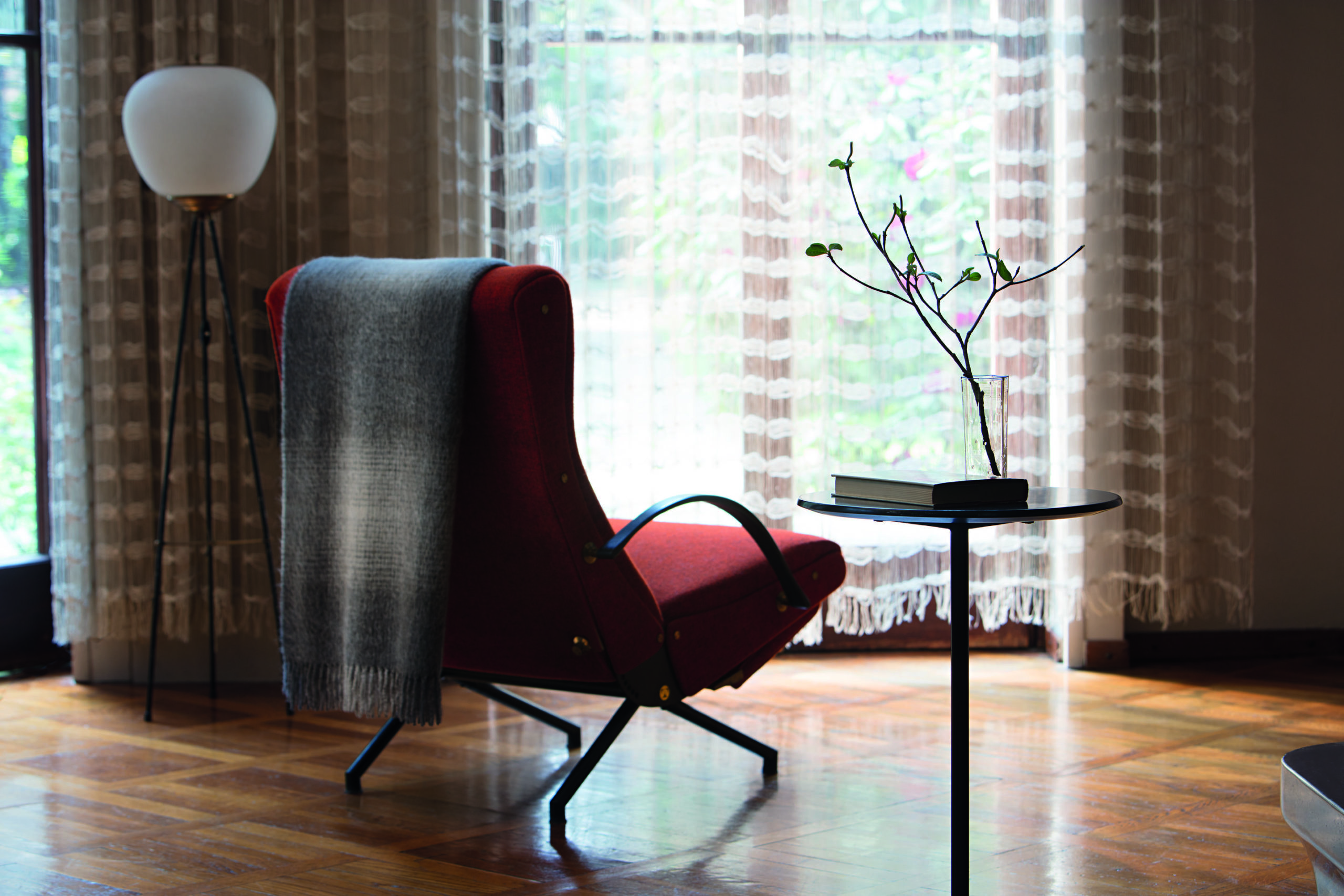 Agnona Interior collection
Agnona Interior collection
WW: What does innovation mean to you?
SH: When I talk about fabric innovation, sometimes it’s about a new finish or a different type of hand-stitching. It’s not necessarily about laser cutting. That’s the great thing about working in Italy, the blending of this craftsmanship heritage and handwork with great technology that doesn’t necessarily give you a hard-edge look.
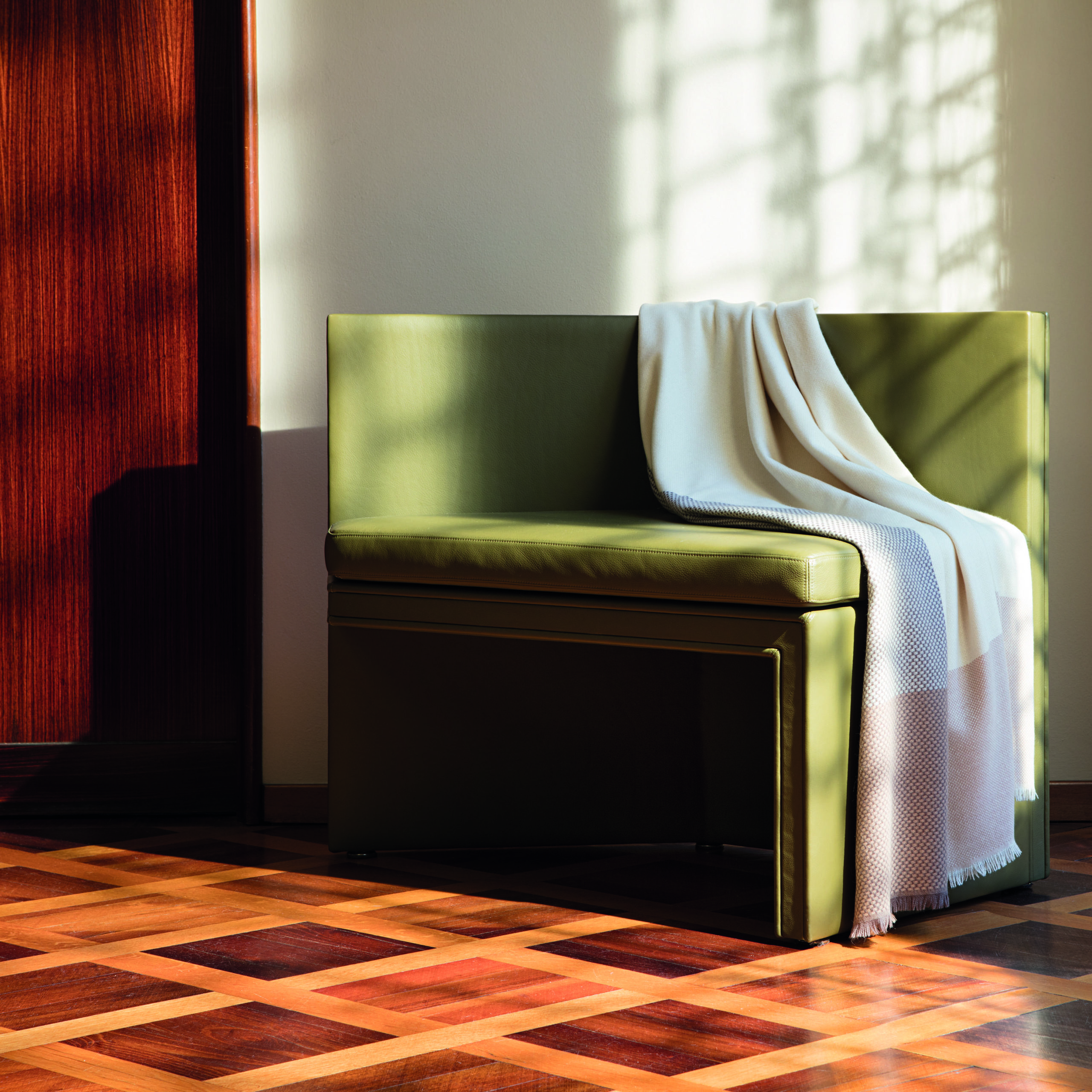 Agnona Interior collection
Agnona Interior collection
WW: Agnona is a modern brand, influenced by post–World War II Italy. How do the architecture, design, and films from that time inspire you?
SH: I think in a general way, the late-century period in which Agnona was born and developed, from the 1950s onward, was known for a kind of modernism in Italy. It was the postwar miracolo moderno, where you had the preeminent product designers, furniture designers, interior designers who were the leaders of that era. You also had the great Italian cinema directors like Fellini, Visconti, et cetera. They had solidified the idea of Italian style in the minds of the rest of the world.
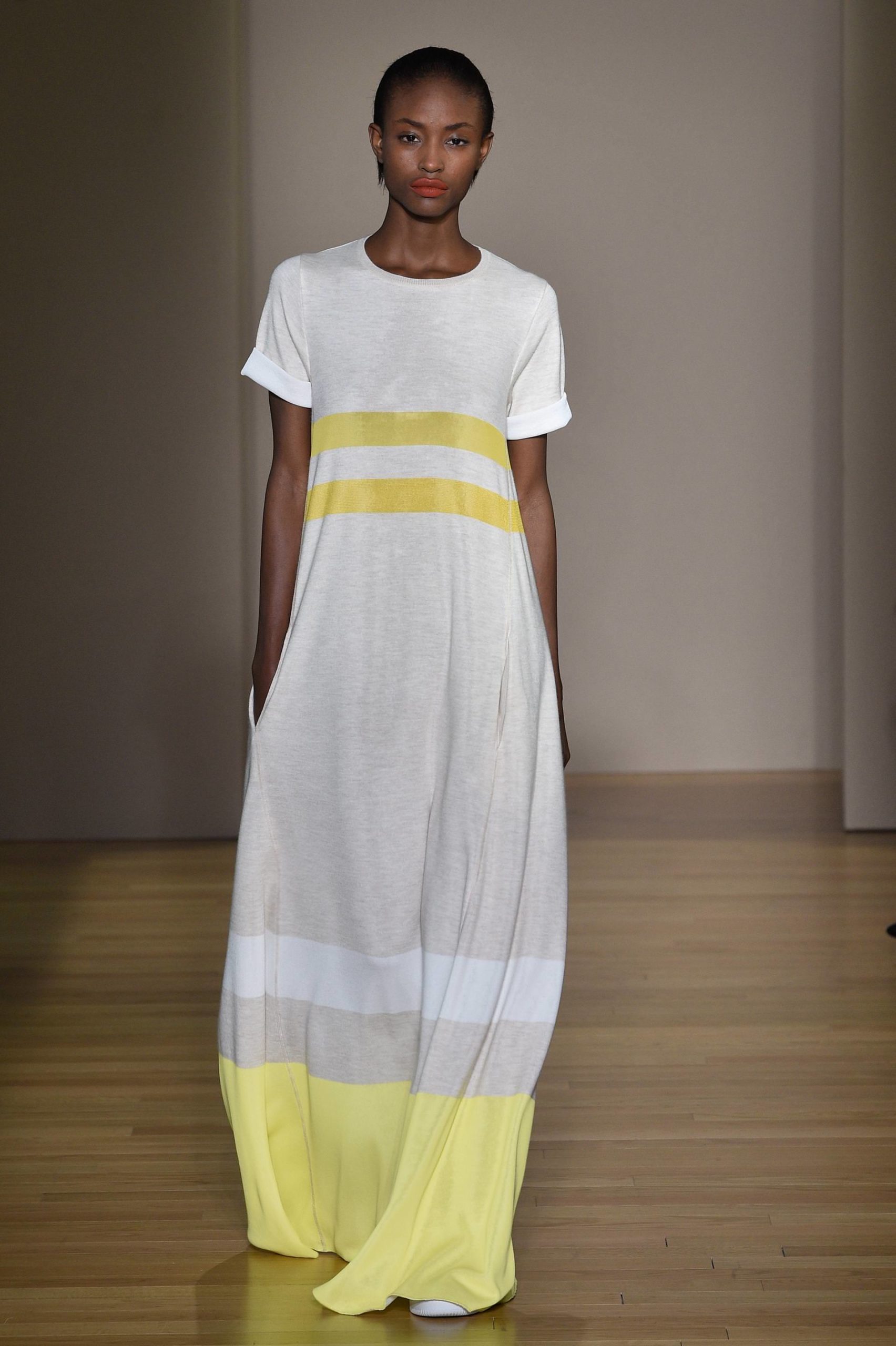 Agnona spring/summer 2018
Agnona spring/summer 2018
Agnona was this very Milanese expression with a snobby Frenchiness to it, insomuch that good Italian style had a link to Paris. That is all wrapped up in the notion of a good intelligent approach to design, the low-key glamour and sensuality and discreet luxurious approach to dressing. That culminated in the seventies as the real rise of the Italian powerhouses in fashion on an industrial level. And Agnona was right there alongside all of those companies and all of those designers during that period. It’s wonderful to work for a brand that has a history based in the idea of modernity rather than antiquity.
WW: How do you see that modernity translating to today’s Agnona woman?
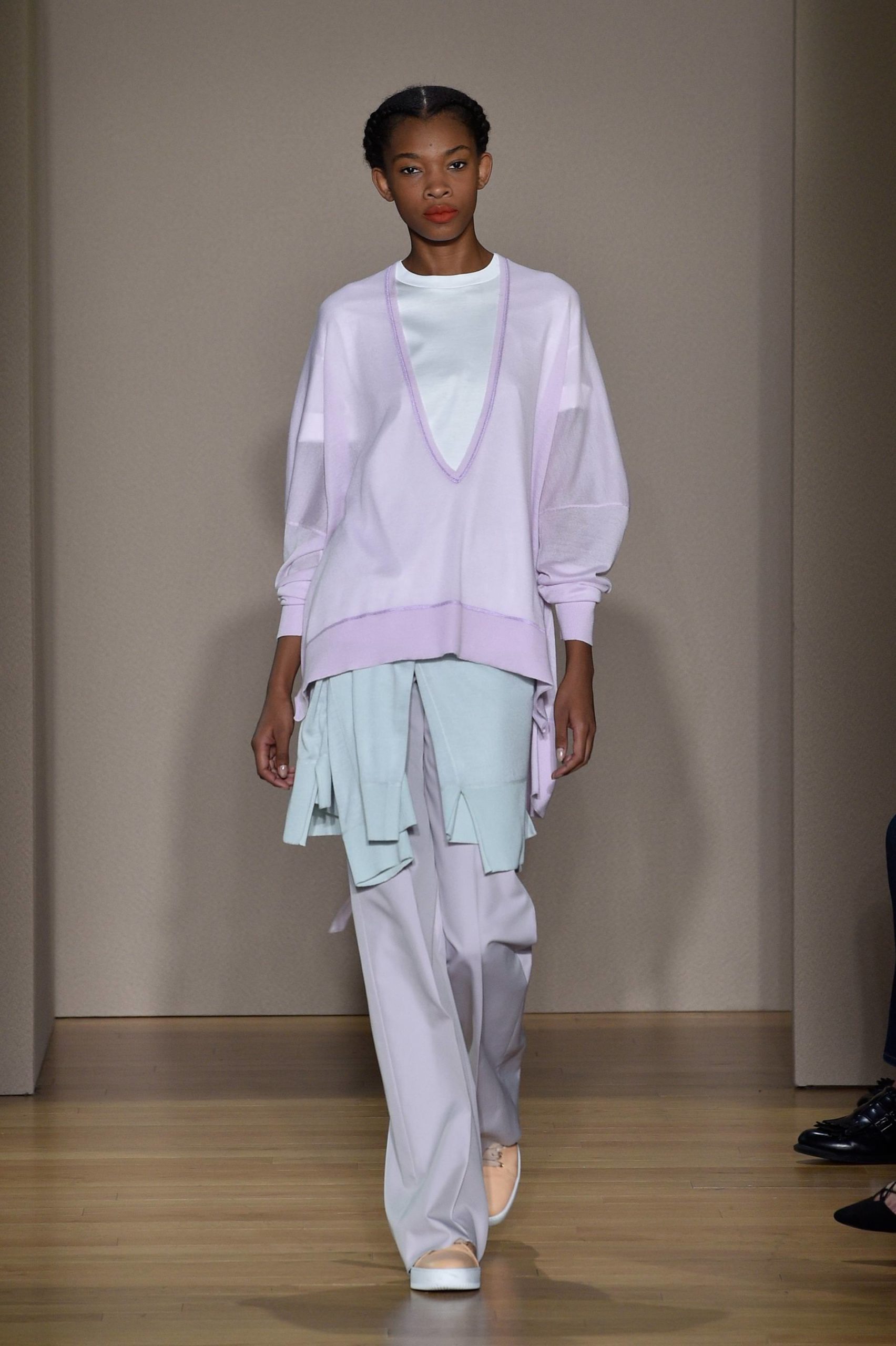 Agnona spring/summer 2018
Agnona spring/summer 2018
SH: My hope is that you end up with a warm minimalism, a soft power dressing, in a way. I think that we are all very aware that fashion has changed and the way people dress has changed. The casualization of fashion is quite extreme. There are a lot of lines blurred between sport clothes or casualwear. I want to have that contemporary casual touch, but a noble couture sensibility in the fabric, quality, and craftsmanship. Women don’t wear stretch wool suits to work anymore, like they did in the 2000s or nineties. I’ve been really inspired by the American idea of seventies sportswear and reimagining it in a European way that’s a high level of quality and very now.
WW: Around the time you began at Agnona, the house relaunched its home collection. Can you tell me about Agnona’s vision for home?
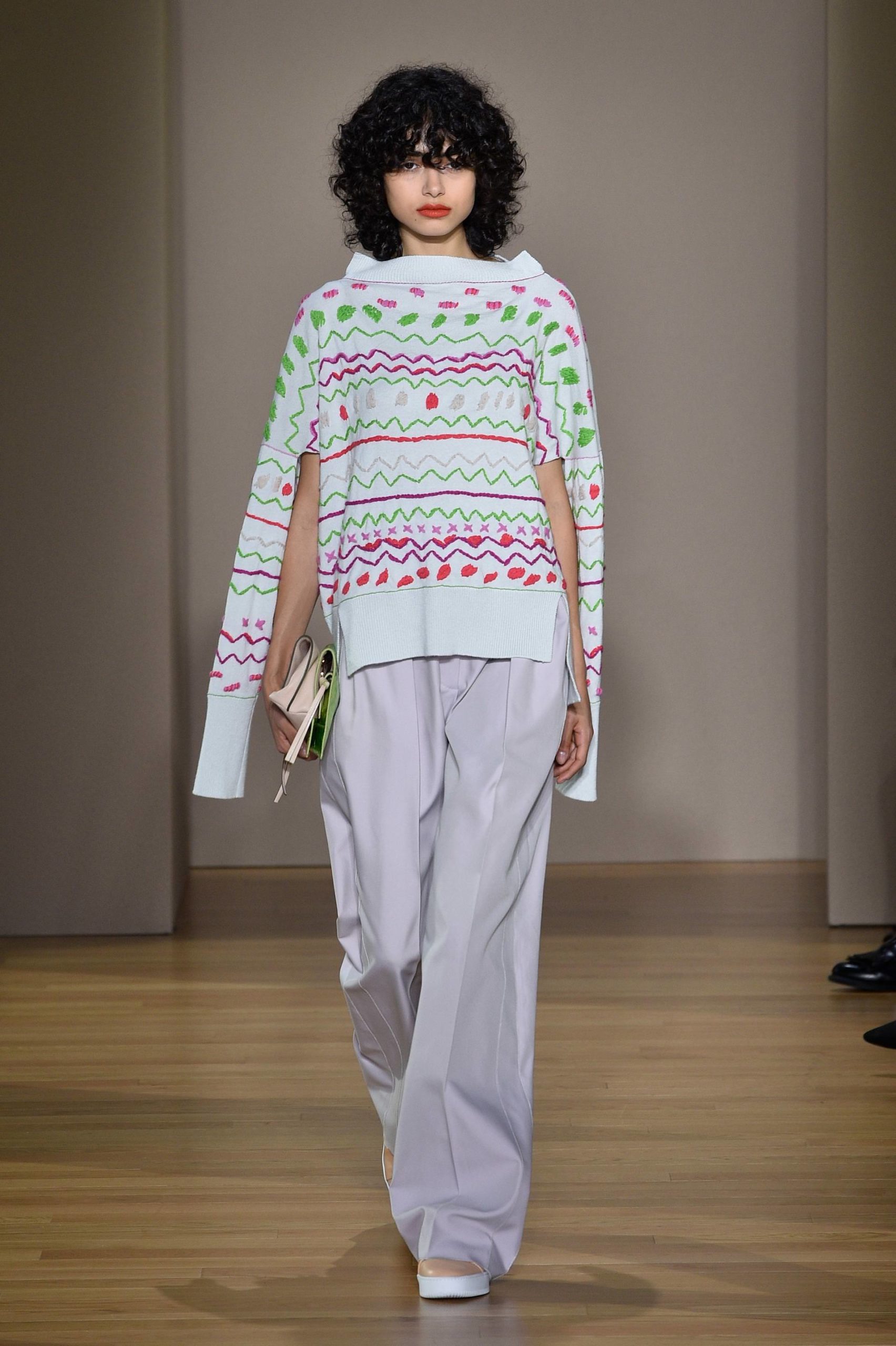 Agnona spring/summer 2018
Agnona spring/summer 2018
SH: The home collection has a very nice heritage in terms of pattern and material. It’s really the most pure expression of the Agnona brand because it’s a pure textile project. We mostly focus on blankets and pillows, and it’s all about the fabric. In the past they were a cult item. I know people that collected Agnona blankets. It’s not an equestrian taste, it’s not a traditional story of tartans—it’s a much more modern-looking aesthetic that is a throwback to that late-century good taste. I try to have a really nice coordination between the ready-to-wear and the home collection, but I don’t want the home collection to be too influenced by color. I’d love to keep it neutral, for it to have this desirableness while feeling contemporary. It offers a chance for us to show more of a lifestyle component to the brand that is really powerful.






